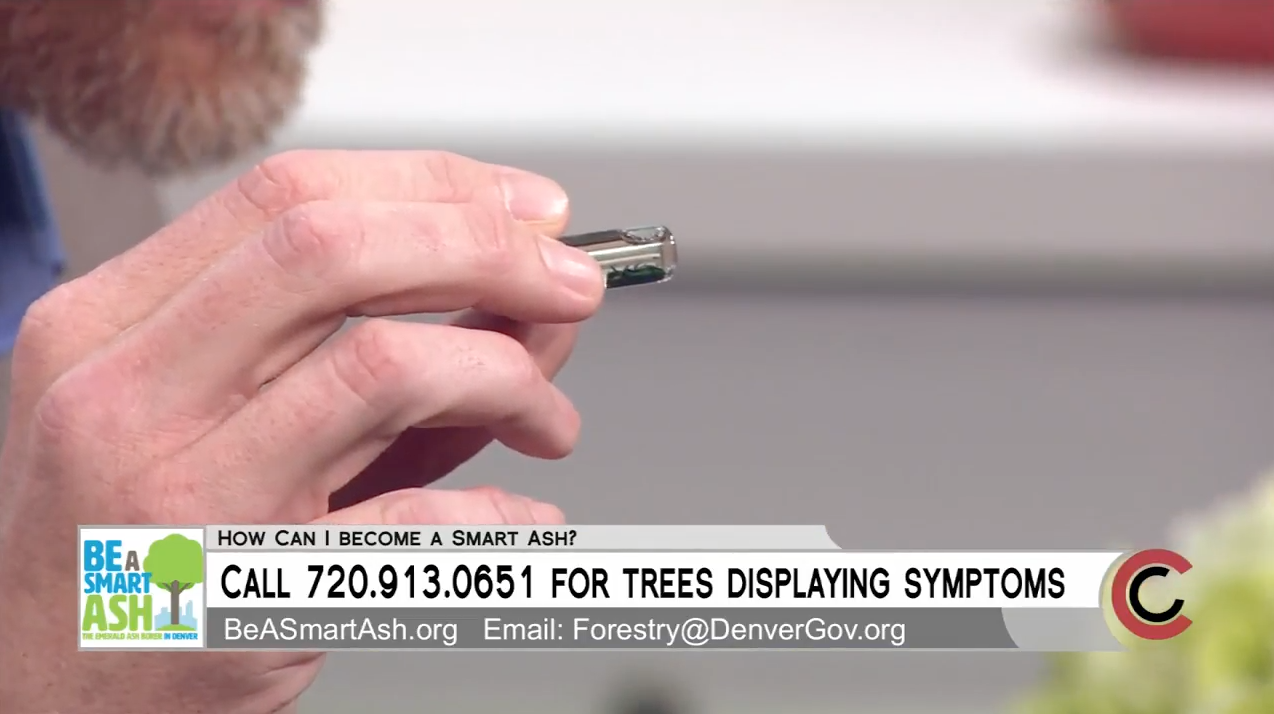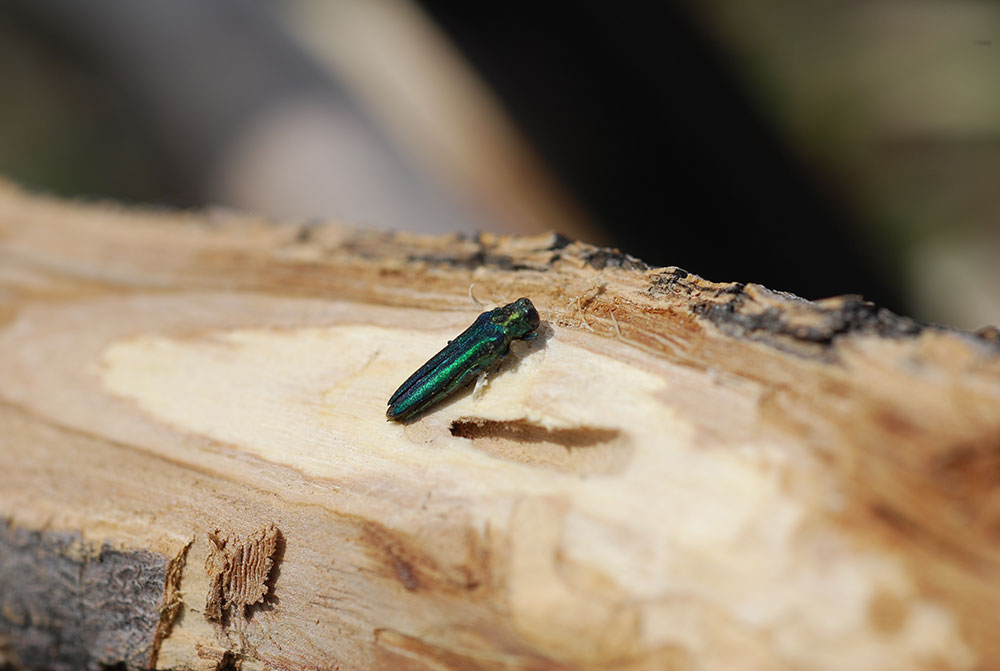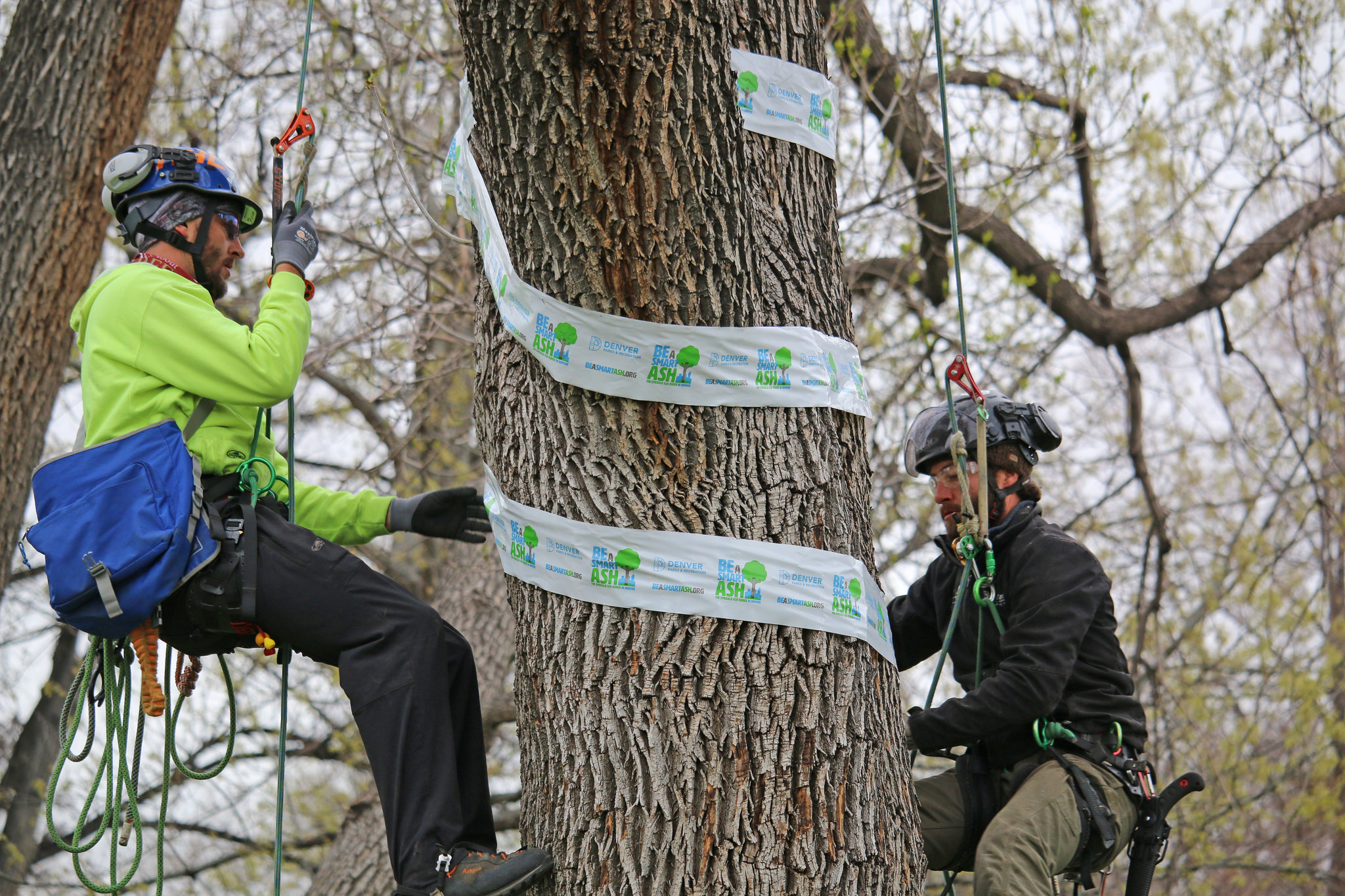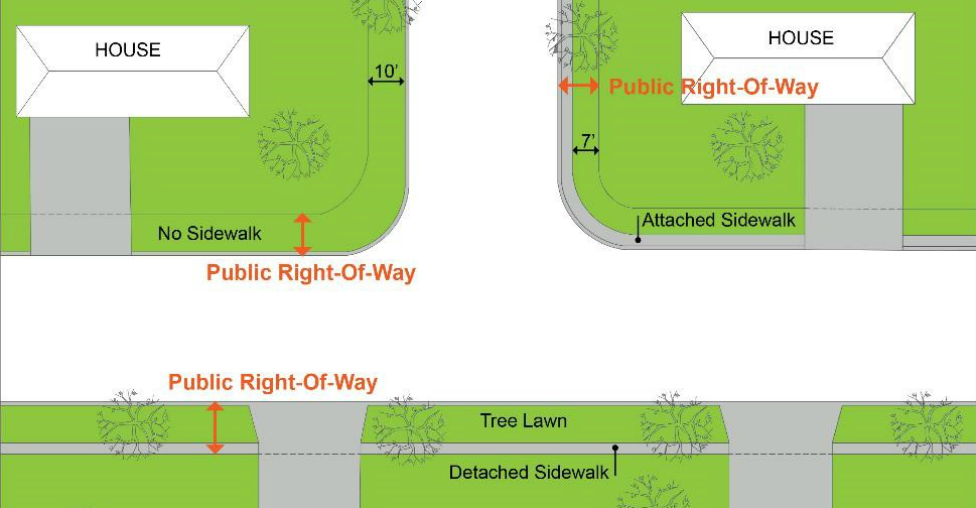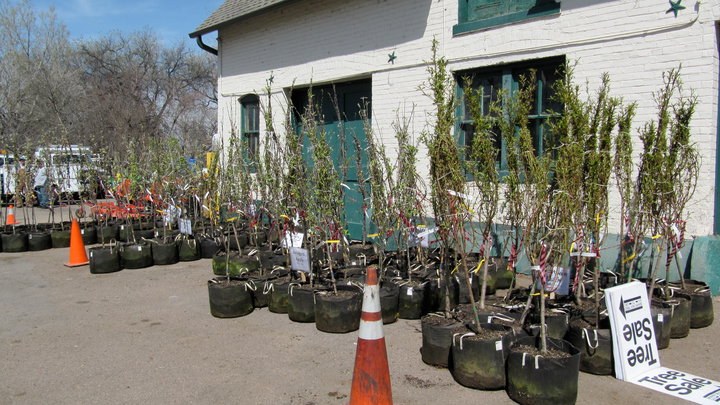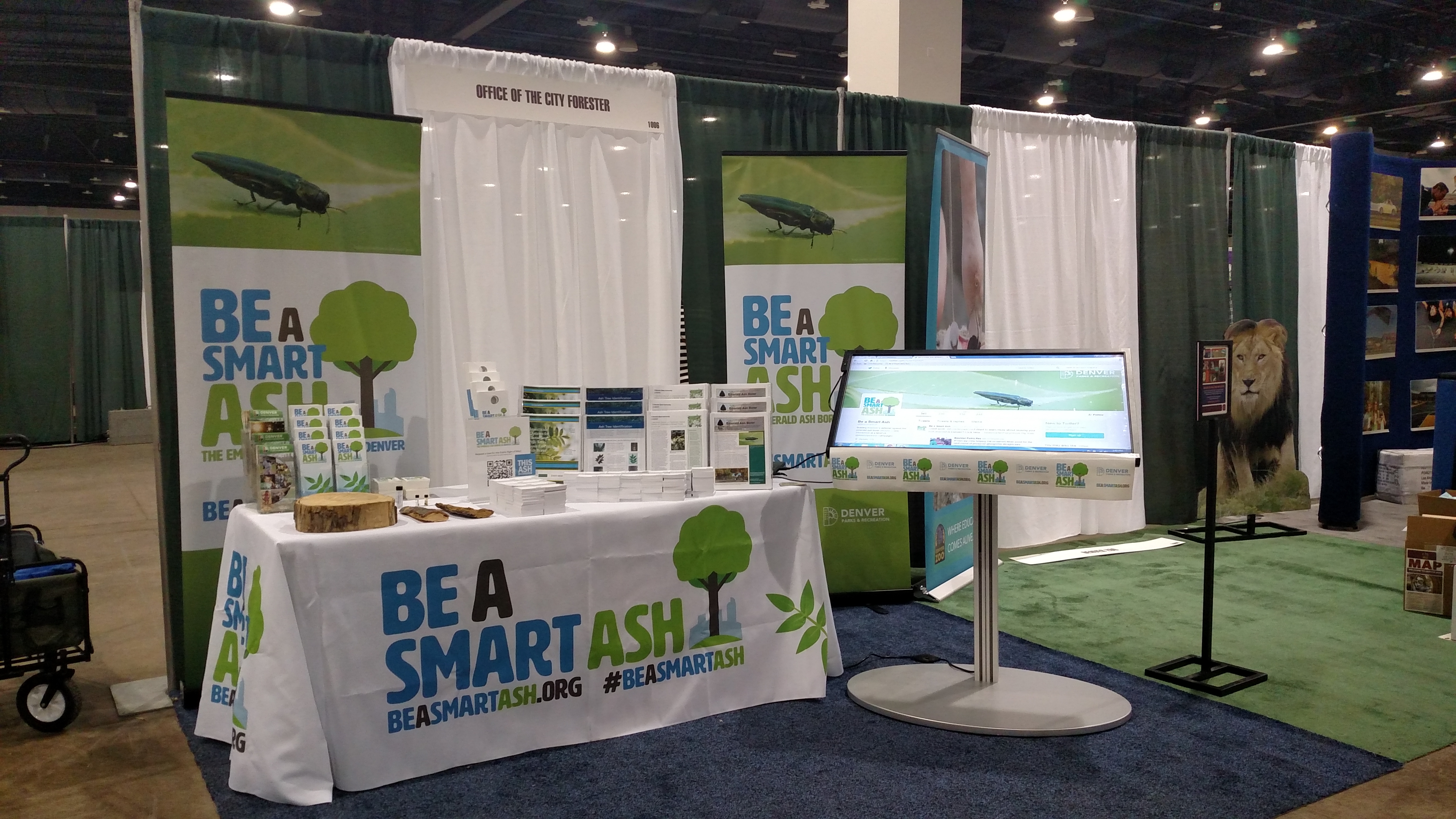Video: Planting unique trees may protect Denver from EAB
DENVER — Getting the word out about the emerald ash borer (EAB) and its potential impact on Denver’s 330,000 ash trees is a full-time job, and our friends at 9NEWS — more specifically, the producers of the show “Colorado & Company” — have been a big help.
Our very own friendly Denver City Forester Rob Davis appeared on the show recently, explaining whether EAB has been found in Denver, how many vulnerable ash trees we have in Denver and why they’re valuable, how you can identify an ash tree, the tell-tale signs of EAB, whether it makes sense to keep or replace your ash, your EAB treatment options, the city’s plan to treat Denver’s public ash trees and potential trees you can plant besides ash to help diversify and protect our urban tree canopy.

